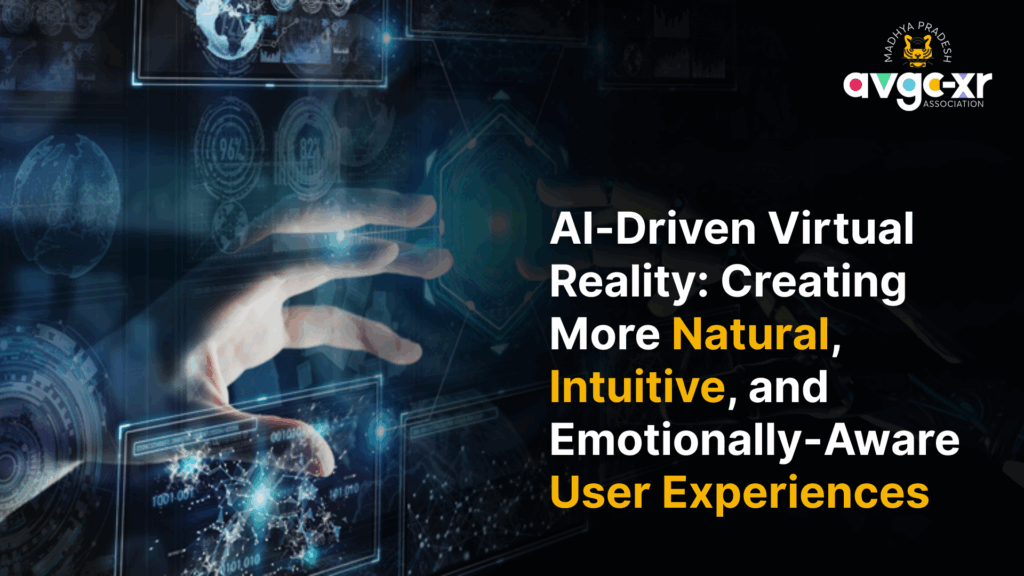The convergence of Artificial Intelligence (AI) and Virtual Reality (VR) is revolutionizing digital experiences across various sectors, including gaming, education, healthcare, and training. A recent guest column on AnimationXpress delves into how AI is augmenting VR to create more immersive and interactive environments.
Elevating User Experience
AI significantly enhances the realism in VR by enabling more natural and dynamic interactions. For instance, AI-powered Non-Player Characters (NPCs) can exhibit lifelike behaviors, responding appropriately to user actions and emotional cues detected through VR interfaces. Moreover, AI can adapt VR environments in real-time based on user behavior or preferences, adjusting elements like scene mood or physical laws to suit or challenge the user. Personalization is further achieved by analyzing user data—such as movement patterns and voice commands—to tailor VR experiences to individual users.
Enhancing Navigation and Interaction
AI-driven Natural Language Processing (NLP) allows for more intuitive interaction in VR through voice commands, facilitating easier navigation and enhancing immersion. Gesture recognition is improved by AI, enabling more natural control over VR environments without traditional controllers. Additionally, AI can predict and smooth out user movements, reducing motion sickness by anticipating actions and adjusting the VR environment accordingly.
Advancing Content Creation and Optimization
AI contributes to content creation in VR through procedural generation, allowing for the on-the-fly creation of vast and varied virtual worlds or scenarios. This not only reduces the workload on developers but also offers unique experiences to each user. Real-time rendering is optimized by AI to ensure high-quality visuals even on hardware with less computational power, making VR more accessible. In narrative-driven VR, AI can dynamically alter storylines based on user choices, providing personalized narrative experiences.
Transforming Training and Simulation
In education and training, AI-integrated VR can simulate complex scenarios, such as medical procedures or flight simulations, offering realistic feedback and adapting to the learner’s performance. In mental health therapy, AI monitors user reactions within VR sessions, adjusting scenarios to better suit therapeutic goals and personalizing treatment plans.
Addressing Challenges and Ethical Considerations
While the integration of AI and VR offers numerous benefits, it also raises concerns regarding privacy and data security. The vast amounts of user data analyzed for personalization necessitate stringent ethical standards and secure data handling practices. Technical limitations, such as latency and the computational power required for real-time AI processing, also present challenges that need to be addressed to ensure seamless integration of AI with VR hardware.
The synergy between AI and VR is paving the way for more immersive, personalized, and efficient digital experiences. As technology continues to evolve, the potential applications of AI-enhanced VR are vast, promising significant advancements across various industries.

